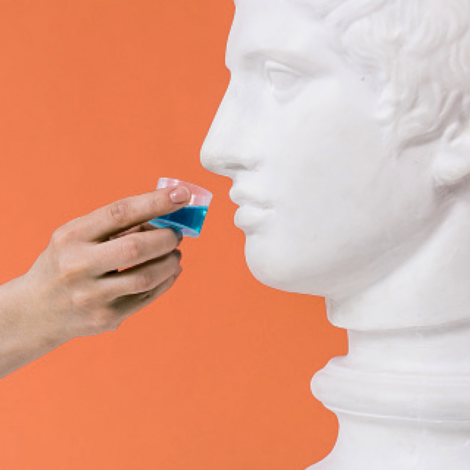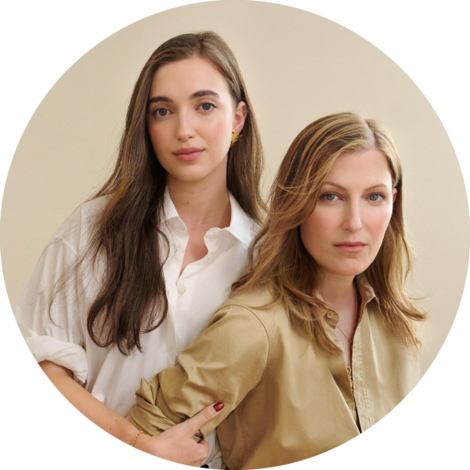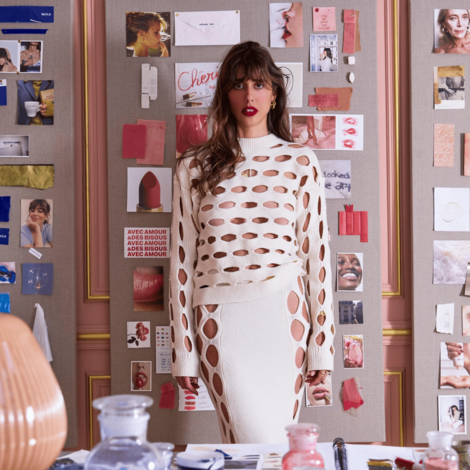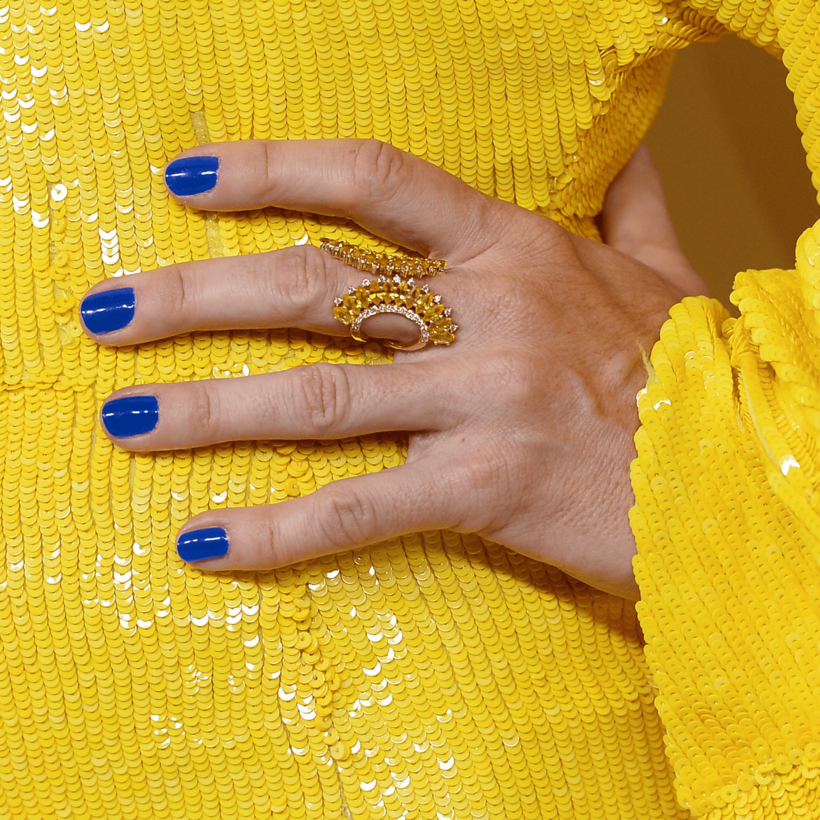“If the fall of Saigon was our history, the nail industry was our destiny.” In Nailed It, a documentary about the rise of the Vietnamese-American nail salon, this is how one woman described the outsize role the nail industry played in her and her compatriots’ lives after arriving in the U.S. at the end of the Vietnam War.
Doing nails proved to be a means of survival for tens of thousands of Vietnamese refugees, thanks in part to the Hollywood actress Tippi Hedren, who sent her manicurist to train the women arriving at the Hope Village refugee camp, outside Sacramento. They opened salons, where they employed family and friends. Fifty years after the fall of Saigon, more than half of the nail salons in the U.S. are still owned by Vietnamese Americans.
History is repeating itself, except now it’s Ukrainians arriving in the U.K. after Russia’s full-scale invasion of their country in 2022. According to the Office for National Statistics, 217,000 Ukrainians have relocated to Great Britain as of June 2024, the majority of them women and children. And like the Vietnamese before them (and Chinese, Korean, and Romanian refugees as well), Ukrainian women are finding a lifeline in the beauty industry.
Beauty is serious business in Ukraine, especially nails. Even the smallest villages have a nail salon, or at least a manicurist who makes house calls. While Ukrainians may not have invented the manicure, their meticulous process has nearly perfected it. Cuticles are trimmed with surgical precision. Polish is applied with the care of a master retoucher. And a pedicure—or lash lift or brow touch-up—often happens simultaneously. Parallel services are par for the course in Kyiv, Lviv, and Kharkiv.
Ukrainian women frequently find salon work soon after arriving in the U.K. They’re also opening their own salons, introducing their exacting standards to a new market, and giving the Ukrainian-expatriate community a taste of home.
There’s been a significant rise in new beauty businesses—636 independent salons opened across the U.K. in 2023, says Millie Kendall, O.B.E., the founder of the British Beauty Council. Much of that growth, she adds, comes from small salons with four employees or fewer. “You could certainly attribute some of these to the influx of refugees with transferable skills,” she notes.
In central London, there are signs of the influx everywhere. Pied-de-Poule’s two-story Soho salon is one of the city’s largest, with hair, makeup, and nail stations tucked into every inch of the Bauhaus-meets-Pop-art interior. The company So. Shell has four locations around London, and Backstage recently opened its first U.K. salon on the King’s Road. Dozens of small mani-pedi spots are popping up in central London and beyond, including Fedorchuk Beauty, in Hammersmith, and Leontii, in Golders Green.
Finding salon work might be the smoothest part of Ukrainian women’s transition. Many struggle with English upon arrival; all struggle with the horrors of the war and the trauma of leaving their livelihoods and loved ones behind. These are wounds that will never heal, but the beauty industry is helping many women start over and discover new possibilities in a new place.
The reason is rooted in the nature of beauty treatments and their emphasis on touch, connection, and care. “The desire to take care of oneself is shared by people all over the world,” says Svitlana Fedorchuk, the owner of Fedorchuk Beauty, who arrived in London in 2022 from Ivano-Frankivsk. Karina Dubinina, the founder of Backstage, from Kyiv, adds, “A person doesn’t need to speak your language to give you that care.”
Beauty salons also build a community of colleagues and clients. And, even more important, working in beauty can help rebuild a sense of self for those who have lost so much. “There is a very personal aspect to this industry,” says Fedorchuk. “You help people feel better, and this brings people joy.” For so many of these women, joy has been absent from their lives for far too long.
Sophia Panych is a London-based beauty editor




